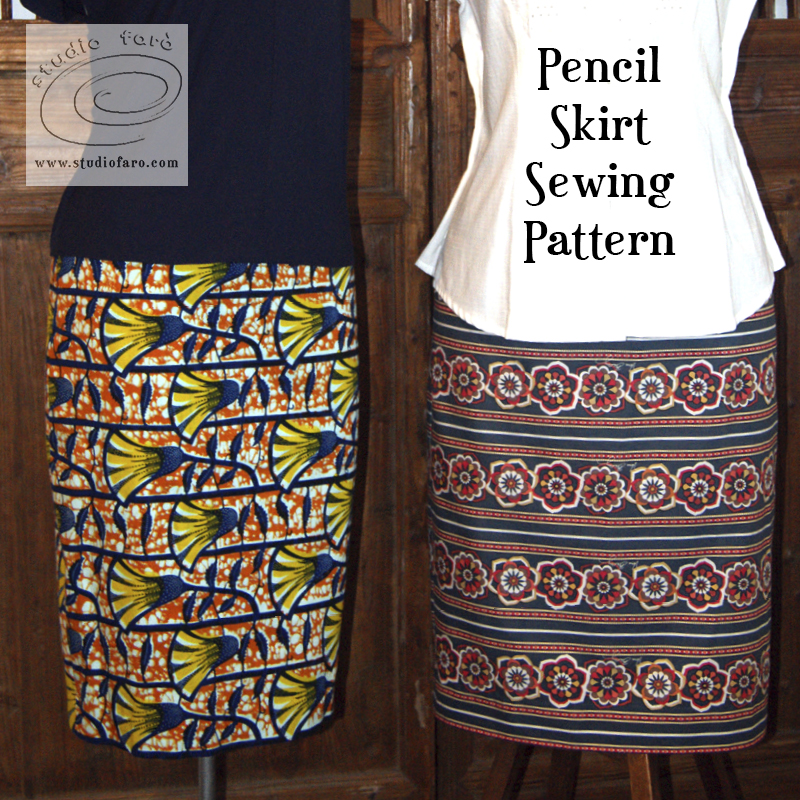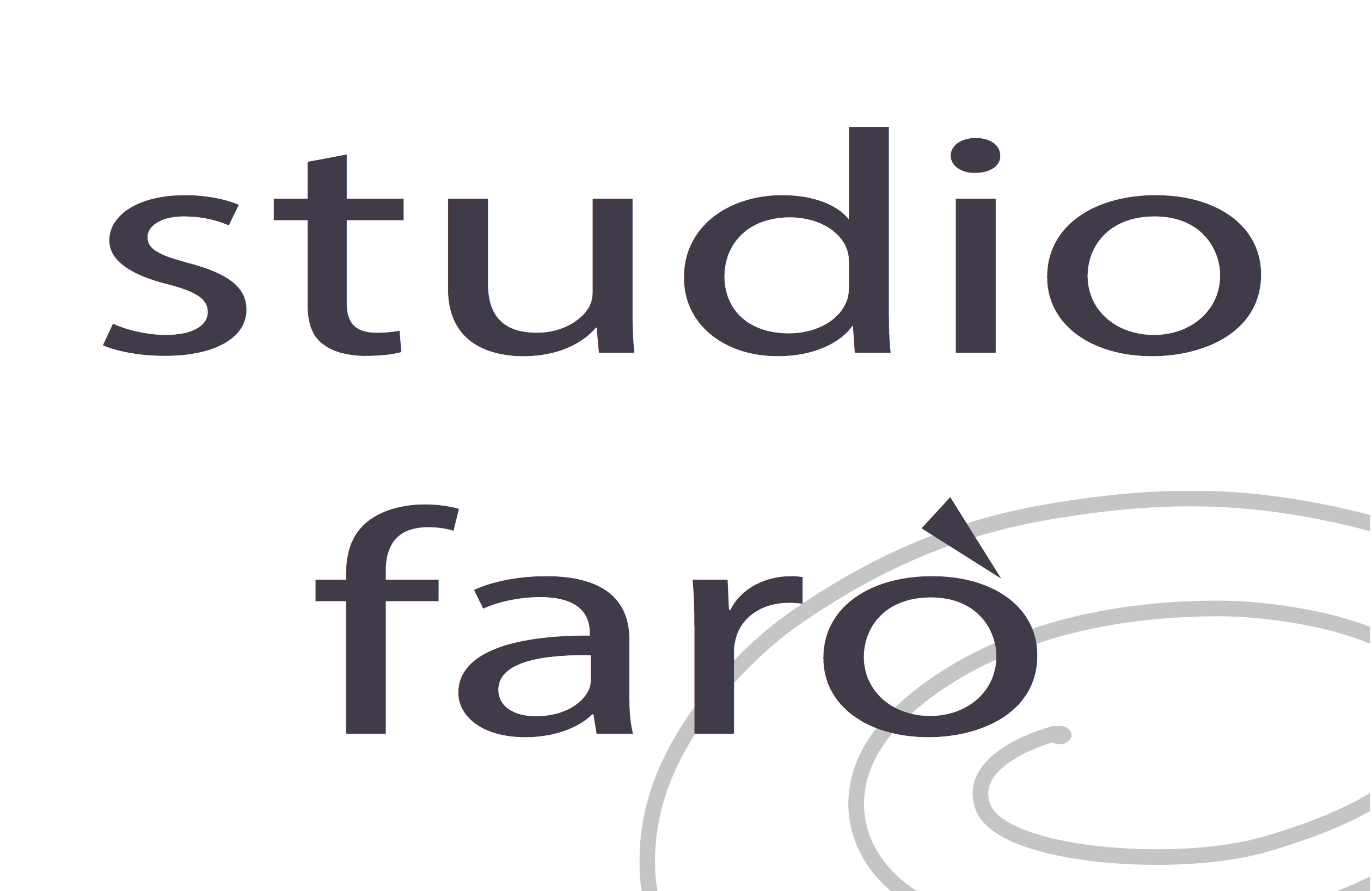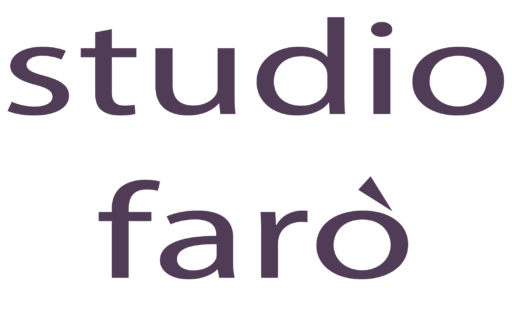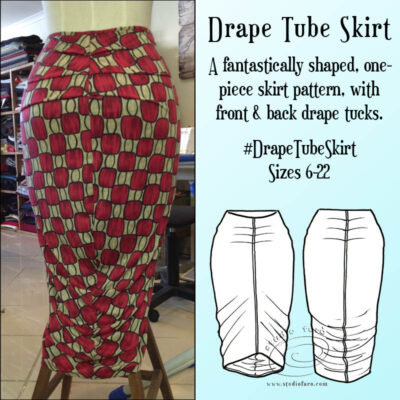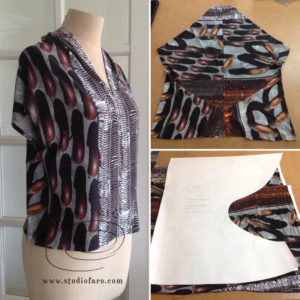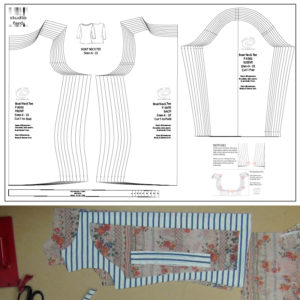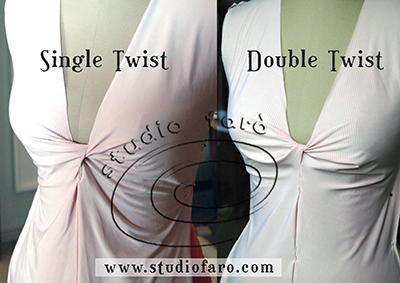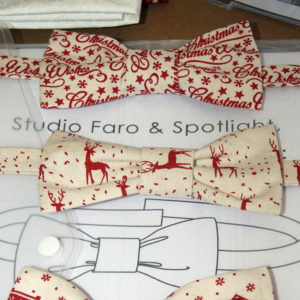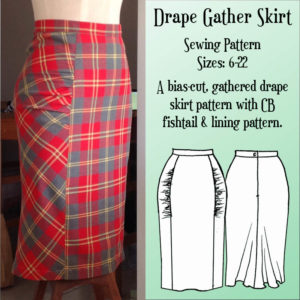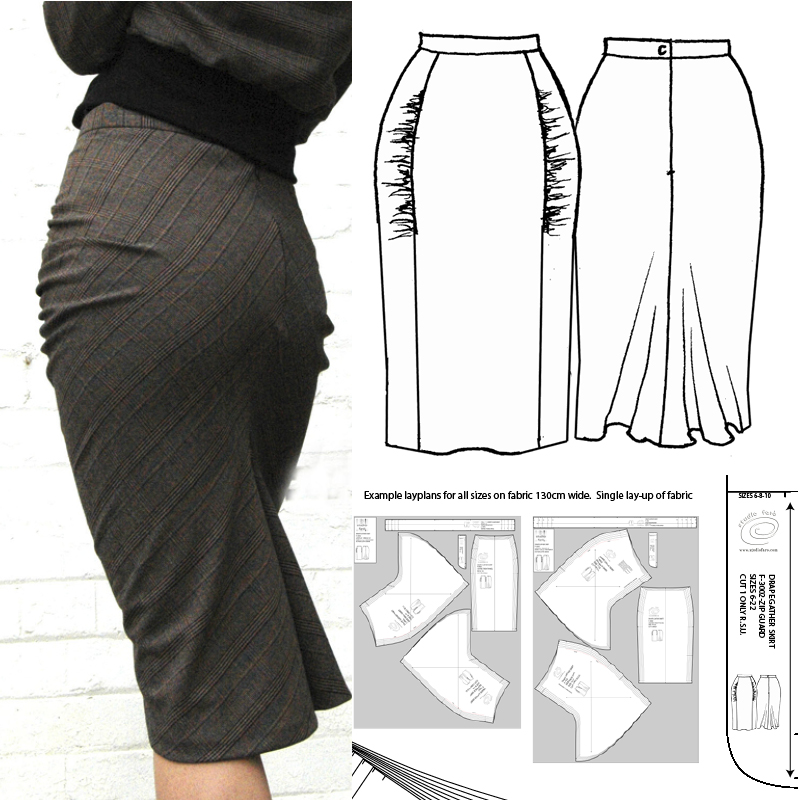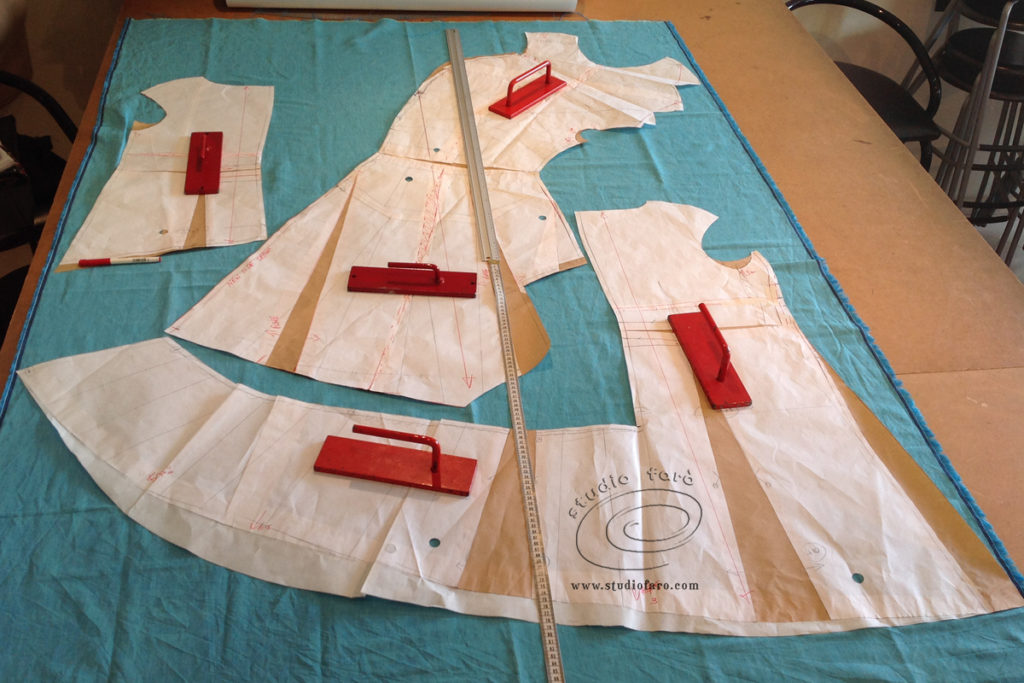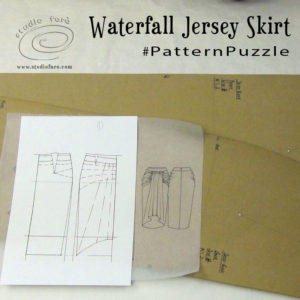30 May Pencil Skirt Pattern Sewing Instructions
Posted at 14:07h
in Garment Construction, Off-the-Rails Sewing Patterns, Sewing, Sewing patterns
0 Comments
The Pencil Skirt Sewing Pattern is an absolute classic for your wardrobe. The complete sewing pattern has a full lining pattern included in the download. However when you first receive the pattern it is my recommendation that your first make is an unlined version so you have an opportunity to test the fit and make of this new pattern. For an unlined skirt, I would recommend a medium weight woven fabric and have made myself several version using both quality cotton prints from heirloom cotton patchwork fabrics and stunning African print cotton. These skirts make the most ideal summer skirts.
